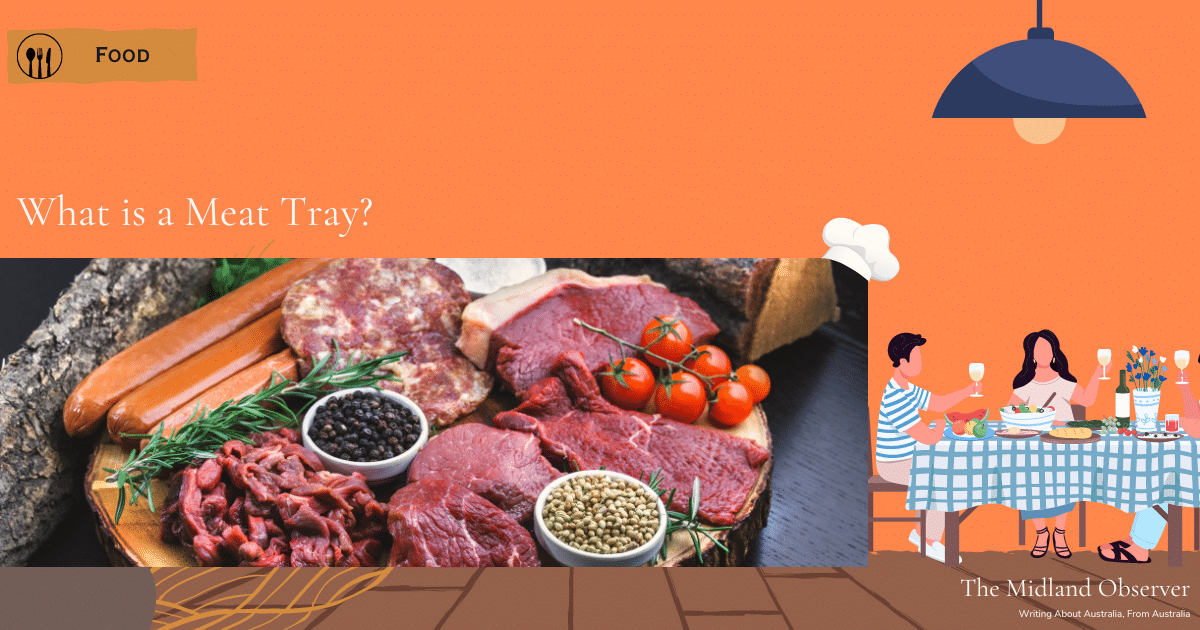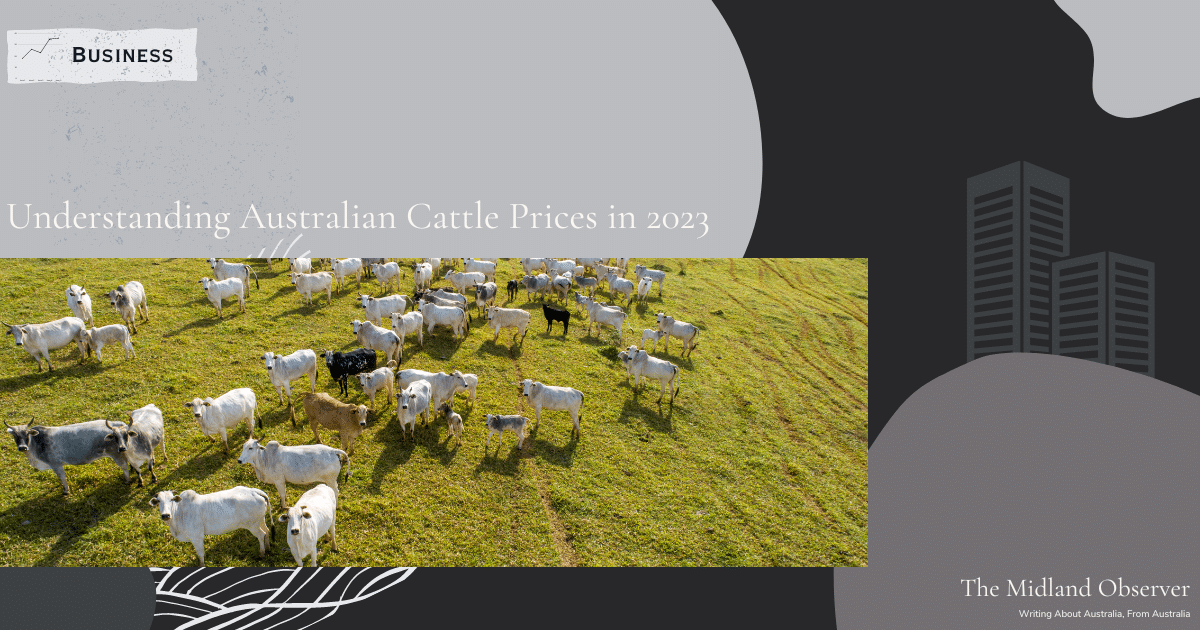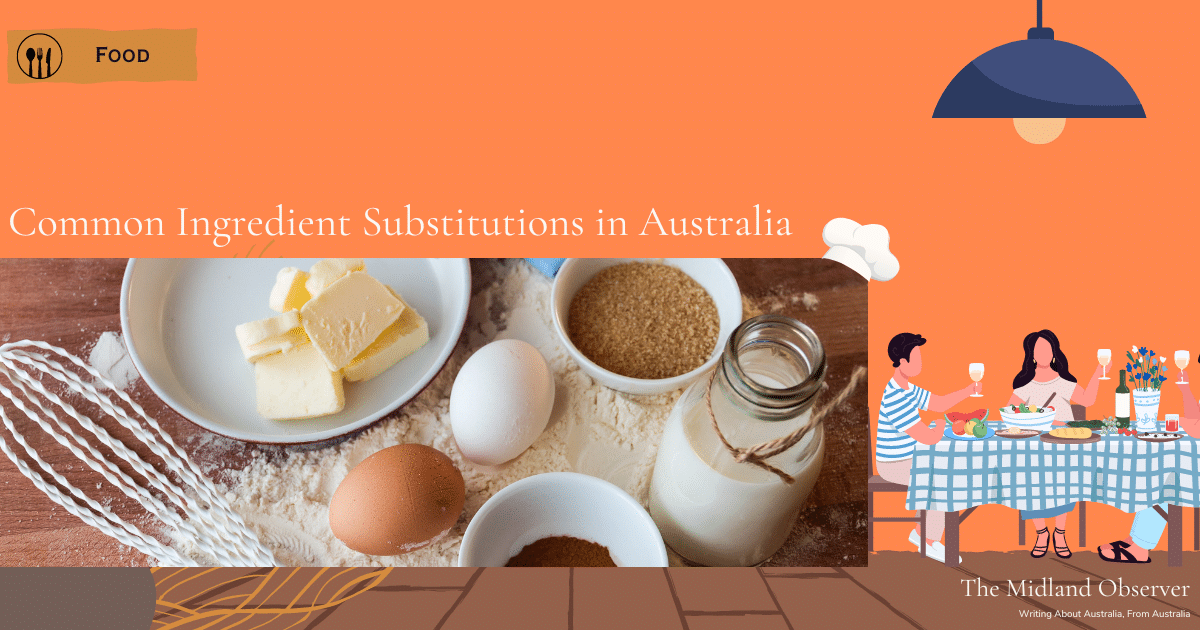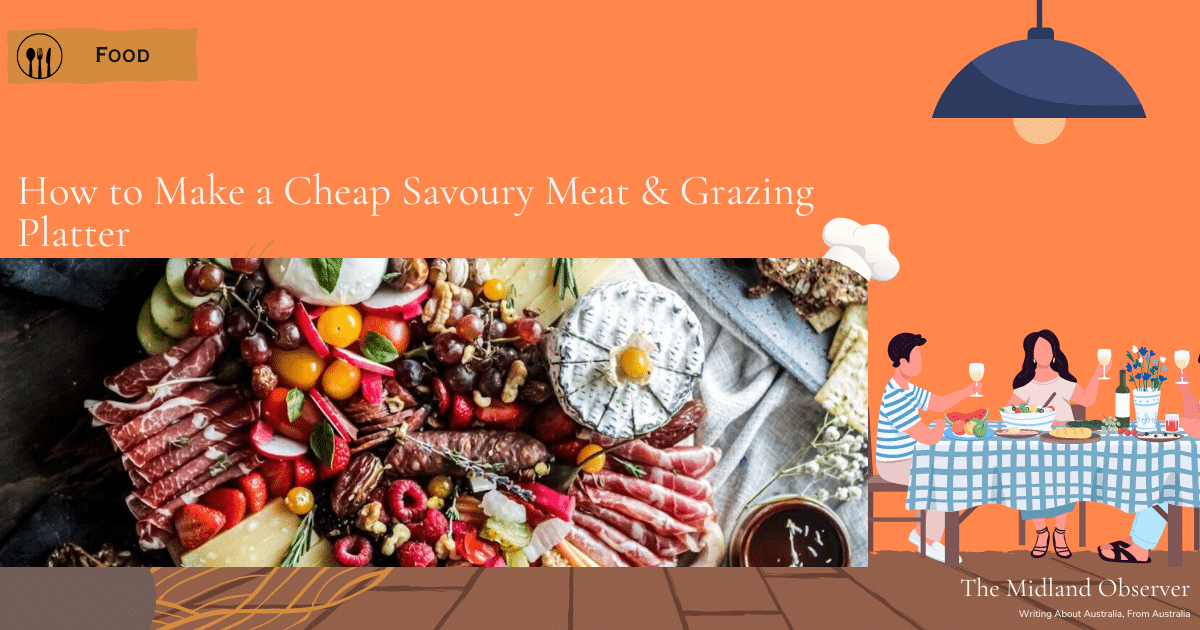It’s no secret that Aussies love their meats, with outdoor barbecues essential to any family gathering. There is one cultural phenomenon that you might not be so familiar with, though, and that is meat trays. They typically consist of various types of meat and can be won during raffles at an RSL, and one of the most sought-after prizes among attendees.
But what’s the history behind this Australian tradition, and why is it so popular? Let’s explore meat trays in some greater detail. Whether you’re a raffle veteran, a meat enthusiast, or just a curious foodie, you will find something interesting in this guide.
History of the Meat Tray
The tradition of serving meat trays in Australia dates back to the mid-20th century when local pubs and clubs started offering them to attract customers and provide a quick and easy meal option.
However, it was only with the rise of RSL clubs in the 1960s and 1970s that meat trays became a true cultural phenomenon. While the clubs were founded to support returned servicemen and women after World War I, they evolved to host sports, dining and entertainment. Meat trays became a signature dish of RSL clubs, embodying the spirit of Aussie hospitality, generosity, and camaraderie.
Friday Meat Raffles
The first recorded mention of a meat tray raffle dates back to 1954, in the Sydney suburb of Enfield, where a local football club organised a fundraiser with a prize of a giant meat tray worth 30 pounds. The idea caught on quickly, and soon other clubs and organisations nationwide started offering meat trays as raffle prizes or menu items. The Friday meat raffle tradition is commonly found in pubs, bars and less-commonly restaurants across Britain, the US, and beyond.
Despite their football origins, certain areas, such as NYC in America, have used Friday meat raffles to raise money for non-profit organisations, churches, and religious groups. Meanwhile, other areas in the US have adopted the meat raffle as a common social occasion rather than having any specific religious leaning.
For those wondering what to expect from a Friday meat raffle, it generally involves spinning a wheel surrounded by numbers corresponding to tickets purchased. The more spins in a round, the higher your chances of being the winner and getting the meat tray for that round. Think of it like a mix between a gameshow and a social event, with all the fun and excitement that entails.
Typical Meat Tray Contents
Throughout the years, the types of meats and accompaniments included in meat trays have evolved, reflecting changing tastes and cultural influences. While lamb and beef were once the most popular meats, chicken and pork have become more common recently. Side dishes have also changed, with a wider variety of salads and vegetables being added.
While there is no strict recipe or rule for what should be in an Australian meat tray, there are some common types of meats and accompaniments that you’re likely to find. Here are some of the most popular options.
Beef
Beef is a staple of many meat trays, with almost every meat tray including some type of steak or beef cubes. It’s also common to see other options, such as pastrami, roast beef or beef stir-fry strips. The typical cuts are almost always included, so don’t forget this integral ingredient.
Lamb
Lamb is another iconic Aussie meat that often finds its way into meat trays. The most typical cuts are the classic ones you’re probably familiar with, such as lamb cutlets or lamb chops. You might even see a roast lamb in some meat trays too.
Pork and Chicken
Pork and Chicken are not traditionally included but are versatile options that can be served in many ways. Sliced roast pork or ham are standard options, as are pork sausages, pork ribs, or pork belly slices. Chicken breast, thighs or schnitzel are also popular choices.
Salads
Salads are a popular and refreshing addition to a meat tray, providing a balance of flavours and textures. Potato salad, coleslaw, and garden salad are all classic options, often with added ingredients like beetroot, carrot, or egg.
Vegetables
Vegetables can be a healthy and colourful addition to a meat tray, providing a range of nutrients and flavours. Grilled mushrooms, zucchini, and capsicum are all tasty options, as are roasted sweet potato or pumpkin.
Cheese and Breads
Cheese and bread options can be tasty and convenient accompaniments to a meat tray, providing a contrast to the meaty flavours. Cheddar, brie, and camembert are all typical cheeses included in trays. Sliced white or wholemeal bread, rolls, and baguettes are all standard options, sometimes with added butter or spreads.
Conclusion
Today, meat trays are still a beloved part of Australian life, enjoyed by everyone from families and friends to sports teams and work colleagues. Whether you win one at an RSL club, order one from a local butcher or deli, or make your own at home. Cooking up a meat tray is a tasty and convenient way to savour some true Aussie tradition.







